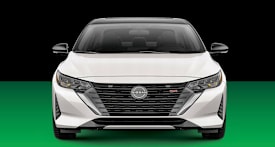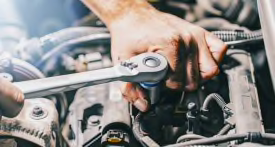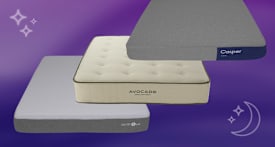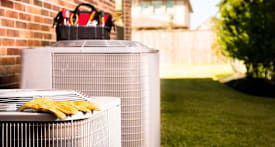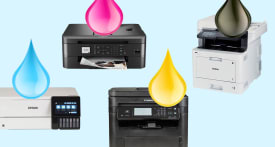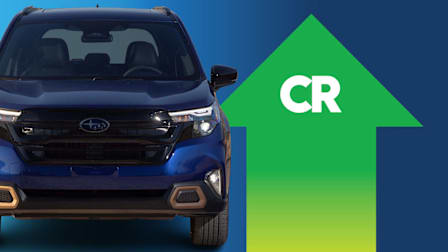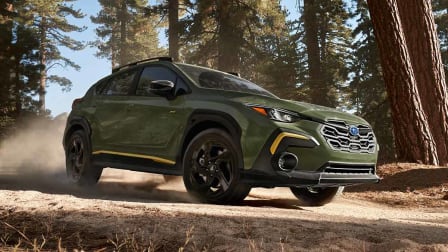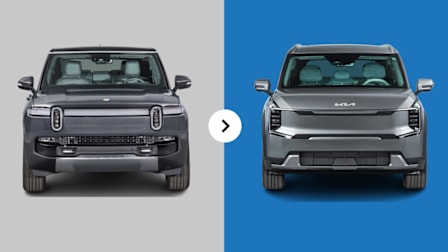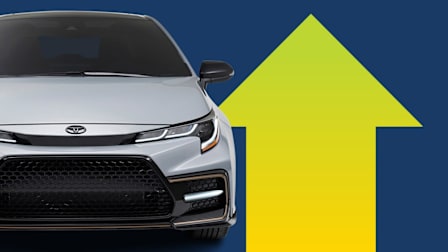Car Reliability Histories
Understanding how common reliability problems are in different areas
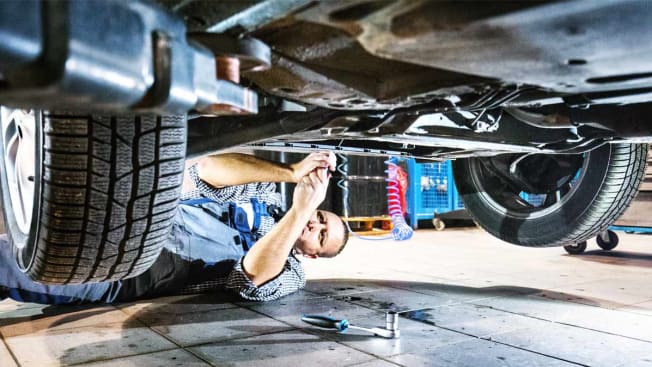
How are cars holding up? The reliability history charts, included on each car model page present the most comprehensive reliability information available to consumers. (To find our ratings and reliability information, go to our main Cars page and select a vehicle by make and model.)
The reliability data comes from our Auto Reliability Surveys of Consumer Reports members. In all, we received responses on over 330,000 vehicles in our 2023 surveys, detailing 2000 to 2023 models and some early 2024 vehicles.
Consumer Reports members reported on problems they had with their vehicles during the past 12 months that they considered serious because of cost, failure, safety, or downtime in any of the trouble spots included in the table below.
The scores in the charts are based on the percentage of respondents who reported problems experienced from among 20 trouble spots. Because high-mileage cars tend to encounter more problems than low-mileage cars, problem rates were standardized to minimize differences due to mileage. We adjust for the vehicle owner’s age, based on our findings that older owners are more likely to report fewer problems.
How to Read the Model Page Charts
To check on the reliability history of a particular year’s model, start with the overall reliability verdict score. It shows whether the model had more or fewer problems overall than the average model of that year, calculated from the total number of problems reported by members in all trouble spots. Because problems with the "engine, major"; "engine cooling"; "transmission, major"; and "drive system" areas can be serious and expensive to repair, our calculations give extra weight to problems in those areas.
What the Trouble Spots Include
POWERTRAIN is a composite of engine, transmission, drive system, fuel system, and exhaust for any vehicle with an internal combustion engine. It is a composite of electric motor, EV battery, EV charging, and drive system for electrified vehicles. In cases of hybrids/PHEVs, it is a composite of a combination of these.
BUILD QUALITY is a composite of electric accessories, body hardware, paint/trim, and noises/leaks.
ENGINE, MAJOR: Engine rebuild or replacement, cylinder head, head gasket, turbocharger or supercharger, timing chain or belt.
ENGINE, MINOR: Accessory belts and pulleys, engine computer, engine mounts, engine knock or ping, fuel leaks, oil leaks.
ENGINE COOLING: Radiator, cooling fan, water pump, thermostat, antifreeze leaks, overheating.
ELECTRIC MOTOR: Electric drive motor rebuild or replacement or malfunction.
EV BATTERY: Hybrid/electric battery replacement, hybrid/electric battery malfunction, hybrid/electric battery cooling problems.
EV CHARGING: Charges too slowly, charge connection problem, won’t charge at home, won’t work with public chargers, won’t fully charge, charging port problem, won’t DC fast charge. (Note: Charging problems reported by members are with the vehicle, not with home or public chargers.)
TRANSMISSION, MAJOR: Transmission rebuild or replacement, torque converter, premature clutch replacement.
TRANSMISSION, MINOR: Gear selector and linkage, transmission computer, transmission sensor or solenoid, clutch adjustment, rough shifting, slipping transmission, leaks.
DRIVE SYSTEM: Driveshaft or axle, CV joint, differential, transfer case, four-wheel-drive/all-wheel-drive components, driveline vibration, electrical failure, traction control, electronic stability control.
FUEL SYSTEM: Sensors (O₂, or oxygen, sensor), emission-control devices (includes EGR), fuel-injection system, fuel gauge/sender, fuel pump, problems filling up the tank.
ELECTRIC SYSTEM: Alternator, starter, regular battery, battery cables, engine harness, coil, ignition switch, electronic ignition, spark plugs and wires failure, auto stop/start.
CLIMATE SYSTEM: AC compressor, blower (fan) motor, condenser, evaporator, heater system, automatic climate system, electrical failure, refrigerant leakage.
Make Sure You Buy a Reliable Car
See our complete guide to car reliability.
SUSPENSION: Shocks or struts, ball joints, tie rods, wheel bearings, alignment, steering linkage (includes rack and pinion), power steering (pumps and hoses, leaks), wheel balance, springs or torsion bars, bushings, electronic or air suspension.
BRAKES: Antilock system, parking brake, master cylinder, calipers, rotors, pulsation or vibration, squeaking, brake failure, premature wear, regenerative braking.
EXHAUST: Muffler, pipes, catalytic converter, exhaust manifold, heat shields, leaks.
PAINT/TRIM: Paint (fading, chalking, peeling, or cracking), loose interior or exterior trim or moldings, rust.
NOISES/LEAKS: Squeaks, rattles, wind noises, seals and/or weather stripping, air and water leaks.
BODY HARDWARE: Windows, locks and latches, doors or sliding doors, tailgate, trunk or hatch, mirrors, seat controls (power or manual), heated or cooled seats, heated steering wheel, seat belts, sunroof, convertible top, glass defect.
ELECTRICAL ACCESSORIES: Cruise control, clock, warning lights, body control module, keyless entry, wiper motor or washer, tire pressure monitor, interior or exterior lights, horn, gauges, 12V power plug, USB port, alarm or security system, remote engine start, headlights, automatic headlights, automatic wipers, wireless charging pad.
IN-CAR ELECTRONICS: CD player, rear entertainment system (rear screen or DVD player), radio, speakers, in-dash GPS, display screen freezes or goes blank, phone pairing (e.g., Bluetooth), voice control commands, steering wheel controls, portable music device interface (e.g., iPod/MP3 player), backup or other camera/sensors, Android Auto/Apple CarPlay, infotainment hardware replacement, software over-the-air fixes, head-up display.
Average Problem Rates
The chart below shows the average problem rates by trouble spot for vehicles from the 2016 to 2020 model years, the period when the factory bumper-to-bumper warranty has typically expired. For example, on average, the 2017 models have a 2 percent problem rate for brakes, noises and leaks, and electrical accessories.
| Trouble Spots | 2017 | 2018 | 2019 | 2020 |
| Engine, major | 1% | 1% | <1% | 1% |
| Engine, minor | 1 | 1 | <1 | <1 |
| Engine, cooling | <1 | <1 | <1 | <1 |
| Transmission, major | 1 | 1 | 1 | <1 |
| Transmission, minor | 1 | 1 | <1 | <1 |
| Electric motor | <1 | 1 | <1 | 1 |
| EV battery | 3 | 2 | 4 | 3 |
| EV charging | 2 | 2 | 3 | 3 |
| Drive system | 1 | 1 | 1 | 1 |
| Fuel system | 1 | 1 | 1 | <1 |
| Electrical | 1 | 1 | <1 | <1 |
| Climate system | 3 | 2 | 1 | 1 |
| Suspension | 2 | 1 | 1 | 1 |
| Brakes | 2 | 2 | 1 | 1 |
| Exhaust | 1 | <1 | <1 | <1 |
| Paint/trim | 1 | 1 | 1 | 1 |
| Noises/leaks | 2 | 2 | 1 | 1 |
| Body hardware | 2 | 1 | 1 | 1 |
| Electrical accessories | 2 | 2 | 2 | 2 |
| In-car electronics | 3 | 3 | 3 | 3 |
